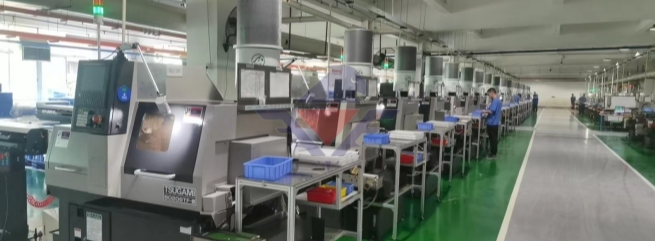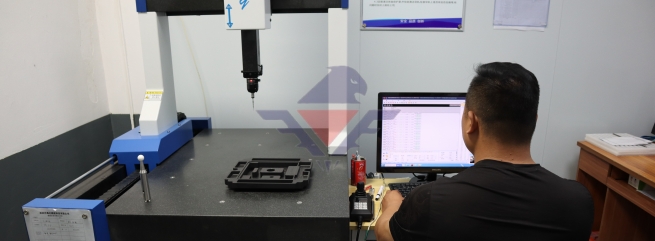Search
What are you looking for?

CNC Swiss precision machining is a highly specialized and precise manufacturing process that has gained immense popularity across various industries. Whether you're a newcomer to CNC Swiss machining or looking to refine your skills, this blog will guide you through the key steps and offer valuable tips to help you get started on the right foot.
Before diving into the world of CNC Swiss precision machining, it's essential to grasp the fundamental principles. CNC (Computer Numerical Control) Swiss machines are renowned for their ability to produce intricate, small, and precise parts. They utilize a sliding headstock design that offers exceptional stability and precision during machining.
Start by familiarizing yourself with the key components of a CNC Swiss machine, such as the guide bushing, main spindle, and sub-spindle. Understanding how these elements work together is crucial for successful machining operations.
Selecting the right cutting tools is a critical step in CNC Swiss precision machining. Your choice of tools will impact the quality and efficiency of your machining process. Factors to consider include tool material, geometry, and coatings. Carbide tools are commonly used due to their durability and versatility.
Additionally, proper tool setup is essential. Pay close attention to tool offsets, tool changes, and toolholder selection. Accurate tool setup ensures that your CNC Swiss machine can produce precise and repeatable parts.

Programming is the heart of CNC Swiss machining. You'll need to create precise CNC programs that guide the machine through the machining process. This is typically done using CAD/CAM (Computer-Aided Design/Computer-Aided Manufacturing) software.
Invest time in learning and mastering your chosen CAD/CAM software to create efficient tool paths and optimize machining operations. Accurate programming is the key to achieving the desired precision and reducing cycle times.
Maintaining high-quality standards is paramount in CNC Swiss precision machining. Implement a robust quality control process that includes regular inspections and measurements. Use precision measuring instruments like micrometers, calipers, and gauges to verify the dimensions and tolerances of your machined parts.
Document your inspection results and adjust machining parameters as needed to ensure consistency and precision. Continuous monitoring and quality control are essential for producing parts that meet customer specifications and industry standards.
In conclusion, CNC Swiss precision machining offers exceptional precision and versatility, making it a valuable asset for manufacturing complex and small components. As you embark on your journey into CNC Swiss machining, remember to start with a solid understanding of the basics, carefully select and set up your cutting tools, master programming and CAD/CAM software, and prioritize quality control and inspection. With dedication and practice, you can harness the full potential of CNC Swiss precision machining and excel in the world of precision manufacturing.
